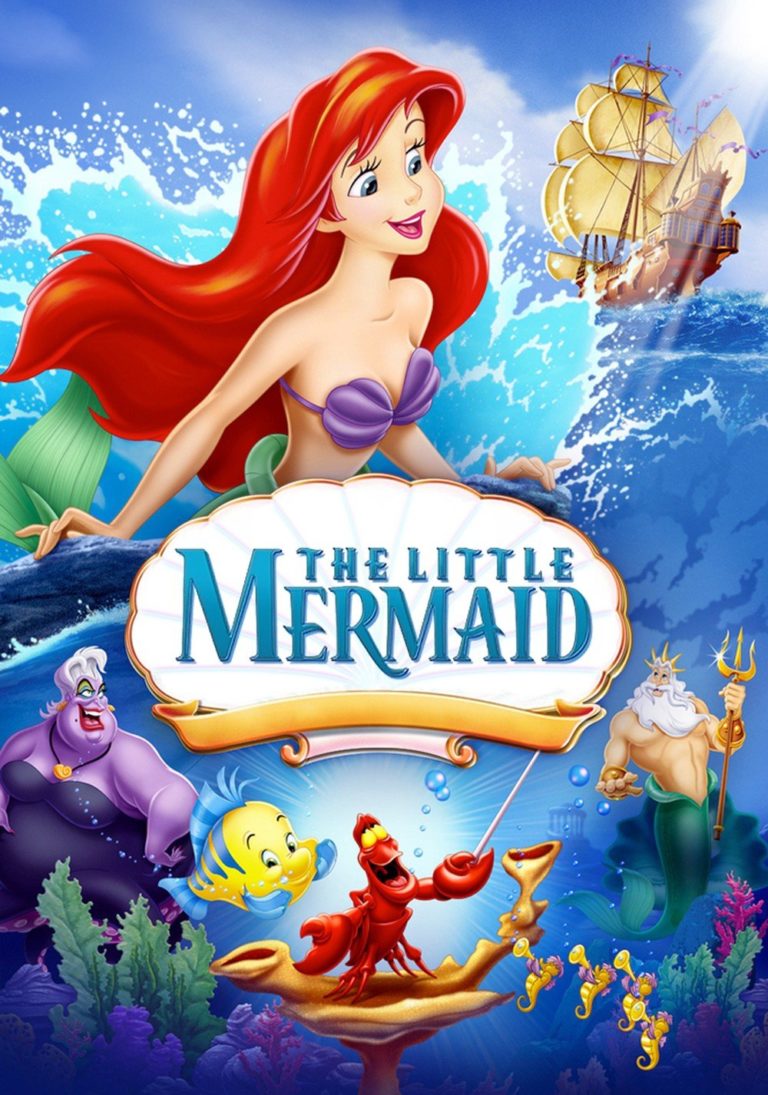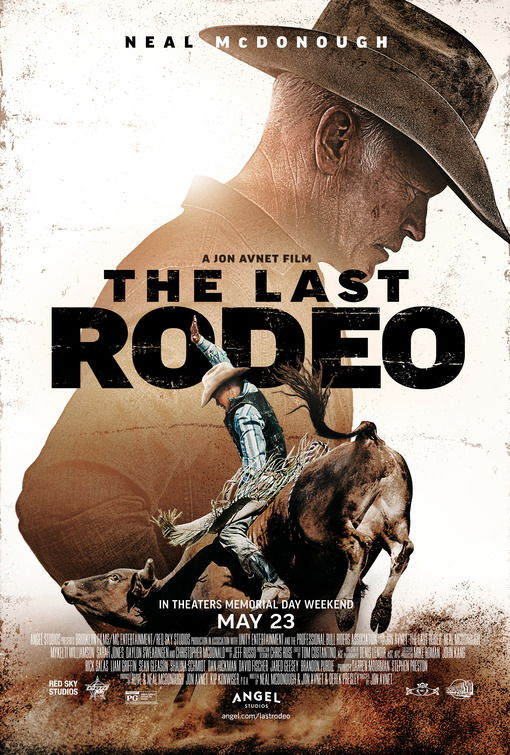Stories, Parables & Movie Scripts: Part 3 of 4
Basic screenplay writing excerpted from How To Succeed In Hollywood (Without Losing Your Soul) By Dr. Ted Baehr
*To read Part 1, click here. Part 2, click here*
Once Upon a Time – The Craft of Storytelling
A story is a connected narration of real or imagined events. There are many types of story, including science fiction, romance, myth, fairy tale, tragedy, and adventure. The full range of storytelling is limited only by the human imagination, yet there are key principles that apply to all stories, and all stories can be classified in different categories or subgenre.
Stories have an internal logic driven by a premise acting through characters and conflict to move the plot from a beginning point of attack, through one or more crises, to a climax that resolves into a resolution. There is a wide range of variation within this approach, but the key principles apply to almost all of them. The classic story formula goes something like this: (1) The hero wants something enough to do anything to get it. (2) The hero faces a difficult adventure or problem in trying to get what he wants. (3) The hero faces serious obstacles. (4) The hero overcomes the obstacles. (5) The hero reaches his goal and gets what he wants (i.e., the princess, the money, revenge, etc).
Steps for Constructing Your Story
- Start your engines: Formulate your premise
The engine of your communication is the premise that your communication must prove in a logical, impressive way (given your genre and medium of choice) in order for your audience to be affected by your story and message in exactly the way you desired. In most cases, an impressive proof of your premise will require lots of interesting illustrations—verbal or pictorial—and plenty of technical, dramatic, or literary effects.
For another perspective: the premise is where you are going (let’s say Hollywood); the plot is how you get there (let’s say you miss your plane and decide to take a car, but the car breaks down, etc.); the people who travel with you are the characters (let’s say that each one is a friend of yours who does not get along with anyone else); and, the themes are the continuing interactions between different sets of characters (let’s say your friend Joe wants to lead your friend June to Jesus Christ).
The audience will want to know where you are going up front. In The Lord of the Rings trilogy, the audience knows right from the first act that Frodo has to take the ring to the mountain where it was originally forged and destroy it. From the beginning of Finding Nemo, the audience wants the father, Marlin, to find Nemo. How the hero achieves his goal in spite of all the obstacles the writer throws at him produces the excitement in the story.
The key element is your premise. The premise is the motivating power that drives your communication. Your premise is an active, dynamic statement of the argument that you will prove in your communication. It is the essence of your communication. The premise holds the key elements of the message within your story, in a neat and compact package. Quite simply, the premise is a sentence with an active verb, a subject, and an object that summarizes your story, and tells you where you are going—your goal. In discussing the role of a premise and elements that emerge from the premise in a dramatic play, Lajos Egri has noted:
A play [or movie] can be judged before it reaches actual production. First, the premise must be discernible from the beginning. We have a right to know in what direction the author is leading us. The characters, growing out of the premise, necessarily identify themselves with the aim of the play. They will prove the premise through conflict. The play must start with conflict, which rises steadily until it reaches the climax. The characters must be so well drawn that, whether or not the author has declared their individual backgrounds, we can make out accurate case histories for each of them.[1]
A writer has many ways to arrive at your premise. You may have an idea, or a conviction, which you will convert into premise. You may be intrigued by an obligatory scene, event, or situation and want to develop that scene, event, or situation into a premise. To convert your scene or idea into a premise: look for the drama, the meaning, the conflict and the purpose inherent in that idea/scene. State the purpose, meaning, and conflict in a simple, active sentence. This sentence becomes your premise.
Suppose your idea is to communicate that God is love. Ask yourself what your purpose is—why you want to communicate this particular message. Your answer may be that your purpose is to show your audience that God loves them, us, mankind, and/or the world. Be as specific as possible by refining your purpose in light of the answers you have found to your ascertainment questions. In this example, you would also want to ask the question, “ How does God love them, you, or us?” Your answer will depend on the way you answered your ascertainment questions, but may be that He loves us by comforting us in sorrow, by delivering us from fear, forgiving us our transgressions, or by rescuing us from drug addiction.
For our example, let’s say your purpose is to demonstrate the forgiveness inherent in God’s love. In light of your answers to the ascertainment questions, state your premise in a simple but specific sentence such as, “God’s love forgives the transgressor.”
What does that mean? What is the conflict inherent in that statement? Forgiveness must mean that a wrong was committed which has alienated the wrongdoer, perhaps because of his/her feeling of guilt, or knowledge that a just judgment is awaiting him or her. God’s love conflicts with and triumphs over that alienation by forgiving the individual from judgment and healing him/her from guilt.
Your premise gives you the direction, the basic elements, and the conclusion of your communication. In our example, the direction and the conclusion of your communication is inherent in the active verb, “ forgives.” Since you are going to demonstrate how God’s love forgives the wrongdoer, you will conclude your communication at that point where the forgiveness is a reality for the transgressor. The initiating force in your communication is God, and the object of your communication is the forgiven transgressor. The conflict is the negation of the verb/object combination, which, in terms of your premise, is the transgressor’s alienation that resists forgiveness. By resisting the direction and conclusion of your premise, the conflict forces your proof and propels your communication along.
Let’s assume that you decide, because of the audience and medium that you have chosen, to demonstrate your premise through a story. You could choose to make the wrongdoer a young woman who decides to run away from home to live the good life. After several adventures, she ends up destitute. She feels guilty for running away and for ending up destitute. You might decide because of your audience to represent the subject of your premise as the father who manifests God’s love. His love for his daughter causes him to go search for her. She sees him, but avoids him because of her guilt and fear of judgment. In the process of avoiding him, she is thrown in jail. The father finds his daughter, spends all he has to pay her fine and takes her home. When the father finds the daughter and forgives her, and she accepts his love and forgiveness, your premise is proved and the story is resolved, although you may want to top and tail your story to highlight the message of your premise.
Because of the nature of your audience, you may want to prove your premise in another genre. Whatever method you choose to prove your premise, by condensing your idea into a premise statement, you have given yourself a clear direction to follow in your communication plan.
Remember that any idea, scene, thought, or conviction may be converted into a premise that will drive your communication to a powerful conclusion.
Analyzing the Premise
In every story, the premise can be found by analyzing the story. In the Star Wars trilogy, the evil empire is taking over the universe. A young man who is full of goodness, perseverance, and integrity is forced to fight the empire. He wins. “Good triumphs over evil” is clearly the premise. Every film or television program with that clear–cut premise, “Good triumphs over evil,” tells a different story by proving that premise in a different way. However, it is the process of proving the premise that satisfies the expectations of the audience.
Every parable Jesus told through the Bible has a premise. Plays, books, short stories, and even TV commercials all contain a premise. As an exercise, you may want to try to discover the premises in some of the parables. Pay close attention to the next commercial or movie preview you watch, try to find and state the premise.
Many well–produced films, television programs, and other media communications fail, not because of the quality of the production, but because of a defective premise. Such defects include a double premise, or just an unclear premise. Each of Shakespeare’s plays offer good examples of clear–cut premises, as do the parables of Jesus. Without a clear–cut premise no idea, thought, or conviction is strong enough to carry you through to a logical conclusion (Lajos Egri, Ibid). [1]
The movie 2010 was beautifully produced, but failed because three–fourths of the way through the premise changed, and the second premise was never proved through the medium of the story to the audience’s satisfaction. The first part of 2010 told the story of how “cooperation triumphs over adversity.” Then, after proving the first premise, a second premise, “supernatural being(s) bring peace,” was introduced which took the movie in another direction.
A badly worded or false premise will force you to fill space with pointless and irrelevant material. A communication with more than one premise is confused because it is trying to go in more than one direction at once. Note, however, that an anthology, variety, or series of separate and distinct communications will have separate premises for each communication, but no one distinct communication should have more than one premise. A premise that says too much is ambiguous and says nothing. A premise that does not take a position is ambivalent and says nothing. Don’t write what you don’t believe!
In storytelling genre, if there is no clear–cut premise your characters will not live, because without a clearly defined premise, it is impossible to know your characters. No single premise expresses the totality of universal truth. Every premise is limiting. For example, poverty does not always lead to crime, but if you have chosen the premise that poverty leads to crime, then it does in your case, and you must prove it.
The elements of a premise are a subject, an active, transitive verb, and an object. The verb must be active—present tense—not future or past tense, to give direction to your communication. If the verb is past tense, the goal of your communication has been achieved historically, and there is nothing to prove. If your verb is future tense, then your premise is purely speculative. The verb must be transitive to motivate your communication. An intransitive verb states a fact and portrays a static picture, giving you no basis for proving your premise and reaching a conclusion. To say “Jesus is love” is a static portrait of a fact. To say “Jesus loves you” sets up a dynamic situation where starting with Jesus, there must be a demonstration of his love for whoever “you” is, and the questions: How? Why? Where? When? and What? become relevant and necessary to answer.
Here are some sample premises:
Hope triumphs over despair.
Greed consumes itself.
Great love conquers death.
Ruthless ambition destroys itself.
Jealousy destroys love.
Love conquers jealousy.
Poverty encourages faith.
Faith conquers fear.
Honesty defeats duplicity.
Pride leads to a fall.
Good triumphs over evil.
If you pay close attention, you can find premises everywhere. Look at an interesting situation and ask what motivates that situation. The best premises and characters come out of genuine experience. Look at a strong, even militant character and examine their motivations. Look at an idea and ask what that idea means translated into action. Your premise expresses the motivation, action and reaction, through a subject, active verb and object, which in turn, drive your story to its conclusion.
If you are starting with a novel, before you write the script, write your premise. In this regard, the great director Alfred Hitchcock said that the worst books make the best movies. The corollary that good books often make bad movies can be seen with movies such as Bonfire of the Vanities, The Name of the Rose, and Midnight in the Garden of Good and Evil. Often, a good book is too complex with too many goals and too many characters. So, the first step must be to choose the storyline you want to follow in the book and express that storyline as a premise.
Conflict: For every action, there is a reaction
In every premise, it is conflict that drives the communication forward. To prove your premise you must disprove the negation of your premise. The disproving of the negation of your premise is what actually propels your communication. If there is no negation and no conflict possible in your premise, then your communication will be stillborn, with no direction or goal. Many Christian movies fail from a lack of conflict. They should keep in mind that the world is caught in a spiritual battle; thus, conflict is both necessary and inevitable.
Drama means, “to do” or “to perform.” In performance, for every action, there must be a reaction. To illustrate this, have two friends stand five feet apart, facing each other, and ask them to tell each other in as many ways as they so desire, “ I love you” for no less than two minutes. After a very short period of time, this dialogue without conflict will become very boring. However, if you ask one to convince the other of his or her love for the other, and you ask the other to resist this advance, the dialogue will be very entertaining, and one, or the other, will have to relent, thereby establishing the premise for that brief scene as either “love triumphs over rejection” or “resistance destroys love.”
Some Christian radio and television interview programs are boring to all but a few loyal supporters, because the host avoids conflict or loses sight of the value of loving conflict. In these boring programs, the host and the guest spend all their time affirming each other so that the program remains static and uninteresting. If the host defines what he wants to discover in the interview, which is his premise, in such a way as to probe who his guest is and why the guest is there by asking the tough questions which the audience needs and wants to know, then there will be real dialogue. The interview will be interesting because there is conflict built into the program, even if only on the level of a premise such as “curiosity discovers important information.”
This conflict does not have to be mean, petty, or angry, as so much conflict is on non–religious television. The conflict can and will be loving if the tough questions which prove the host’s premise are asked in love. A thoughtful, loving host can ask tough questions in a loving way to reveal the interesting story that every guest has to tell. The conflict in the interview is merely the vehicle by which the guest proves his or her story to the host and the audience. Without a clear –cut premise, there will be no conflict, and neither the host nor the audience will have any idea what the host is trying to communicate.
There are four basic plots that categorize the primary types of conflict inherent dramatic stories: 1) Man against man, 2) Man against nature, 3) Man against himself, and 4) Man against the supernatural or sub–natural, including aliens.
These categories help us to evaluate the premise or main proposition in a story, but they may not help us determine whether the story fits the Christian worldview. Another traditional literary approach proposed by Northrop Frye[1] divides stories into five different kinds:
Mythic: The triumph of the hero/protagonist(s) by an act of God or god(s).
Heroic: The triumph of the hero/protagonist(s) by his or her own means.
High Ironic: The triumph of the hero/protagonist(s) by a quirk of fate.
Low Ironic: The failure of the hero/protagonist(s) by a quirk of fate.
Demonic: The defeat of the hero/protagonist(s) by evil, demons, et cetera.
A story that fits the Christian version of the traditional mythic story, where the God of the Bible or Jesus Christ helps the hero or protagonist overcome his or her antagonist, is a story that fits the Christian worldview. A story, however, where the hero or protagonist—especially a Christian one—is defeated by demons is probably not a story that Christians should want to see because it contradicts the biblical worldview.
Beyond the basic story types, there are various themes.
The eight basic themes are: Survival, Redemption, Revenge, Betrayal, Coming of Age, Love and Romance, Mistaken Identity, and “Fish Out of Water.”
To be continued…
Questions or comments? Please write to us here.


 - Content:
- Content: 

